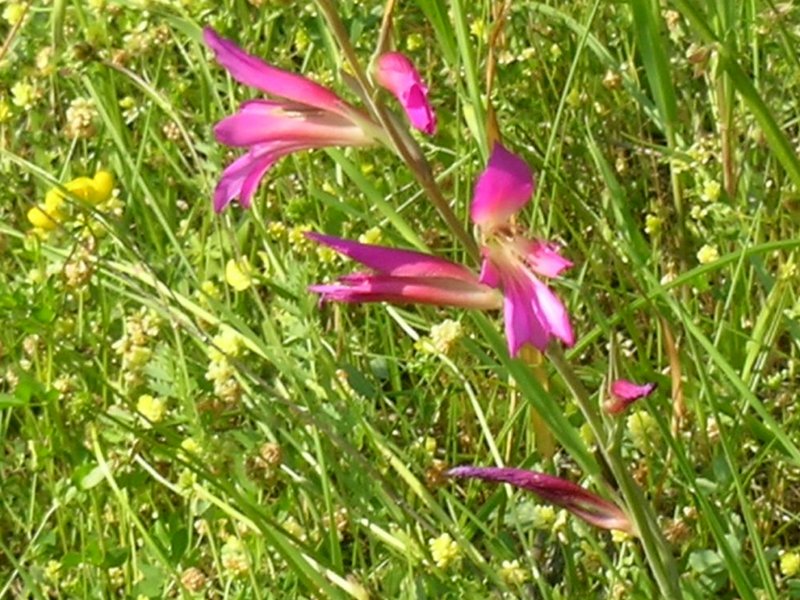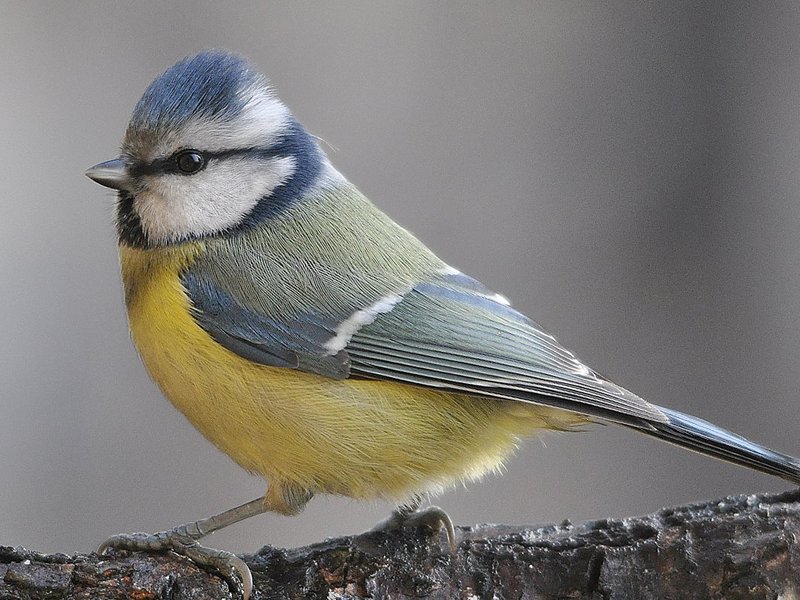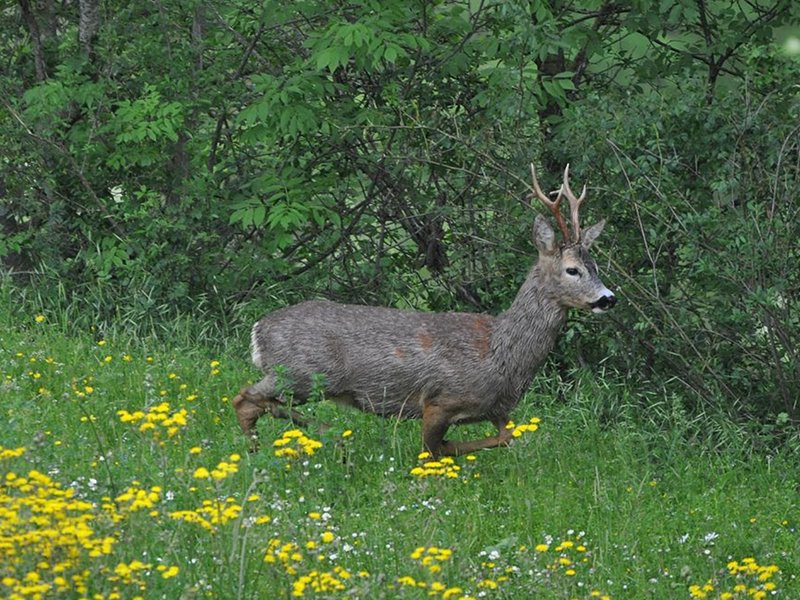Protected Area
Identity Card
- Land Surface Area: 279.58 ha
- Lower altitude (m): 460
- Higher altitude (m): 704
- Regions: Emilia Romagna
- Provinces: Modena
- Municipalities: Pavullo nel Frignano
- Establishment Measures: DCR 2411 08/03/1995
- PA Official List: EUAP0265
- Park Authority: Ente di gestione per i Parchi e la Biodiversità Emilia Centrale
Flora
The Reserve's rugged and very steep slopes have affected the vegetation, allowing the survival of large wood areas, with mixed oak woods and old chestnut woods. The sunny slopes facing the Panaro valley, and the upland summit between Sassomassiccio and Sassoguidano, are covered by a downy oak wood where other tree species, typical of xerophilic woods, also grow: manna ashes, Montpellier maples, wild service trees; the sparse underwood consists of cytisus, coronilla, Spanish brooms and dog roses. Patches of butcher's-broom characterise the undergrowth, which is dotted in May with the pink blooms of Orchis simia. In the woods on the more shadowy and cooler slopes, downy oaks are mixed with European hop-hornbeams and Turkey oaks. In this type of wood, Manna ashes, field maples, Italian maples and aspens also grow. Laburnum is a very common shrub, and hazels, Cornelian cherries, spindles and honeysuckles are also widespread. At the beginning of the spring, the underwood is coloured with primroses, violets, liverleaves, and with the deep green of hellebores and spurge-laurels. Later in the year, several orchids bloom: Listera ovata, Cephalanthera damasonium, Platanthera chlorantha, Epipactis helleborine, Orchis purpurea.
Chestnut trees are also widespread in the woods of the Reserve: near the church of Sassoguidano and the oratory of Sassomassiccio there are beautiful, old chestnut woods, whose trunks are often covered in moss and lichens, and in the dark lobate branches of the polypody. Several grasses grow in the chestnut underwood, such as knotted crane's-bill, spring vetchling and Dactylorhiza maculata, a beautiful orchid with brown-spotted leaves. Plants in the Lerna valley floor mostly consist of willow shrubs, sometimes growing under patches of black poplar, white willows, alders; hazels grow in groups along the higher riverbanks.
The woods are interspersed with grassy hollows, which are regularly mowed, with short rows of cherry trees and other fruit trees. Barren, clayey areas are instead the domain of shrubs: juniper, scarlet firethorn, sea buckthorn, wild pear, replaced in the most stabile areas by patches of low and scrubby Turkey oaks. Where the clayey substrate outcrops, often in the form of gullies, hard conditions allow the survival of only few species, such as Ononis masquillieri and Aster lynosiris.
Small shrubs and grasses grow on the few spots of even ground, and are more conspicuous in the spring, when they bloom: red valerian, Greek bladderpod, starflower, Asperula purpurea, stiff hedgenettle
Fauna
The presence of rocky cliffs suitable for nesting, and of fairly large wooded areas, as well as the succession of cultivated fields, small woods and wetlands, are conducive to a rather large and diverse bird population. Studies have identified over 80 species, of which about 70 breed here. Rocky areas and cliffs are the preferred habitat for small birds, such as alpine accentors, redstarts, black redstarts and the more conspicuous rock thrushes. Several birds of prey (kestrels, buzzards, sparrowhawks, peregrine falcons, hobbies, honey buzzards) can be observed around the Cinghio and the cliff of Sassoguidano, or while they fly over the surrounding woods and meadows. At sunset, the role of predators is played by tawny owls, little owls, barn owls and other nocturnal birds of prey, that hunt in the same surroundings but choose the most secluded wood areas or abandoned buildings to spend the day and breed. In the oak woods and old chestnut woods, it is easy to hear the drum of the great spotted woodpecker, the harsh call of the jay, or the sweet and measured one of the cuckoo; dense foliage is the hiding place of the hawfinch, a massive-billed bird in the family Fringillidae. Cultivated fields and open areas attract hoopoes, quails, red-backed shrikes, common whitethroats, corn buntings, common linnets and cirl buntings. Mammals include several rodents, such as voles, hazel dormice and squirrels; crested porcupines have also been spotted. Hare and wild boar roam the meadows, and the latter takes refuge in the woods, where it is possible to spot roe deers, foxes, badgers and weasels. The humid Lerna valley floor and the Sassomassiccio pond suit instead the needs of amphibians which, together with birds, are one of the Reserve's interesting features. The cooler woods are home to toads and agile frogs, whereas common water frogs, tree frogs and newts lay their eggs in the pond water. In the humid underwood it is also possible to see grass snakes, while other reptiles prefer sunnier areas: green whip snake, green lizard, wall lizard.









